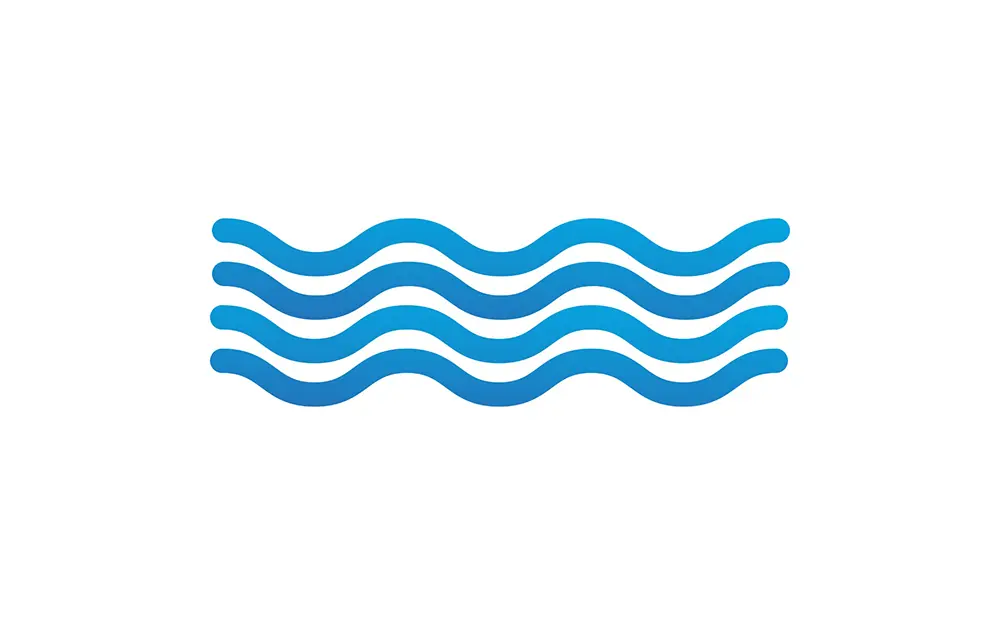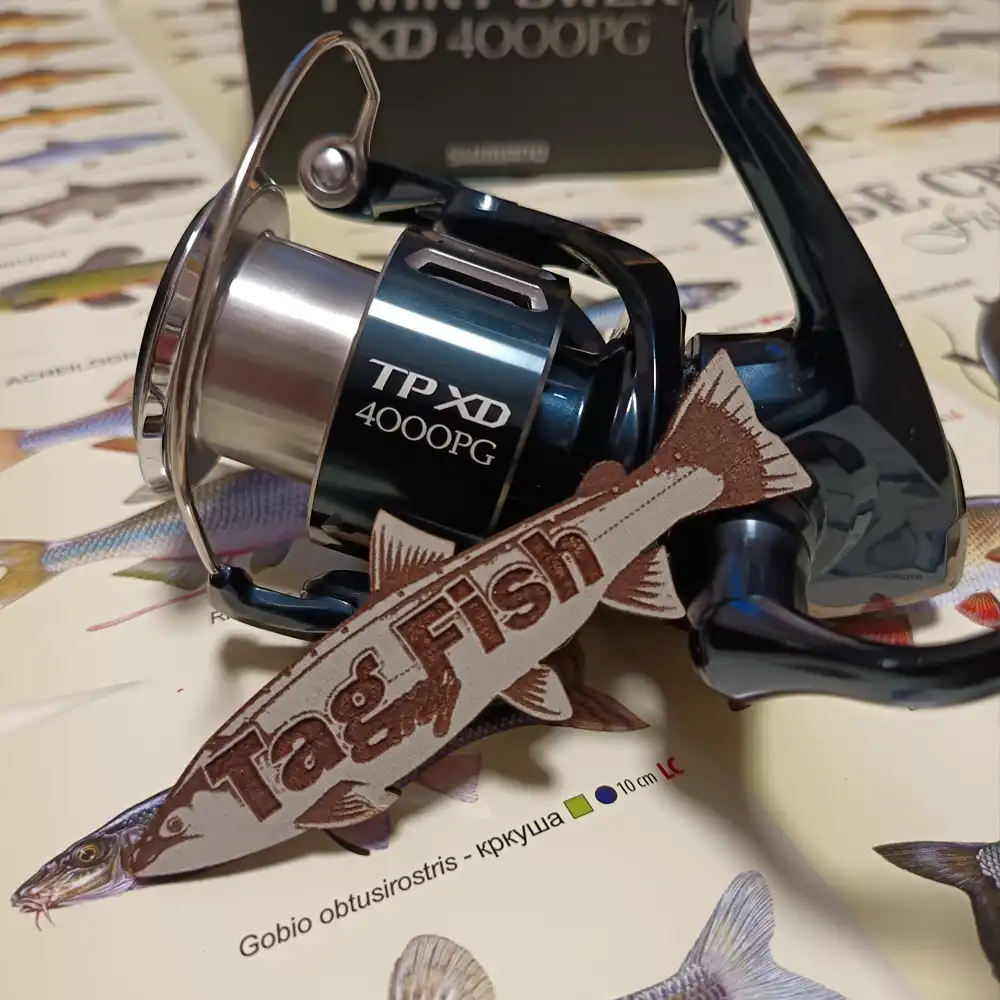Great Bay (New Jersey)

General data
- Name: Great Bay (New Jersey)
- Water system: Atlantic Ocean
- Water type: Bay
- Progression: Atlantic Ocean -> Planet Earth
- Climates: Temperate
- Continents: North America
- Countries: United States of America
Great Bay is located in southern New Jerseys Atlantic Coastal Plain in Ocean and Atlantic Counties. The Mullica River flows into the bay, and together they form the Mullica River - Great Bay estuary habitat. The bay is connected to the Atlantic Ocean via the Little Egg Inlet. Great Bay is considered one of the least-disturbed marine wetlands habitats in the northeastern United States.

 English
English
 Spanish
Spanish
 German
German
 French
French
 Serbian
Serbian
 Russian
Russian

